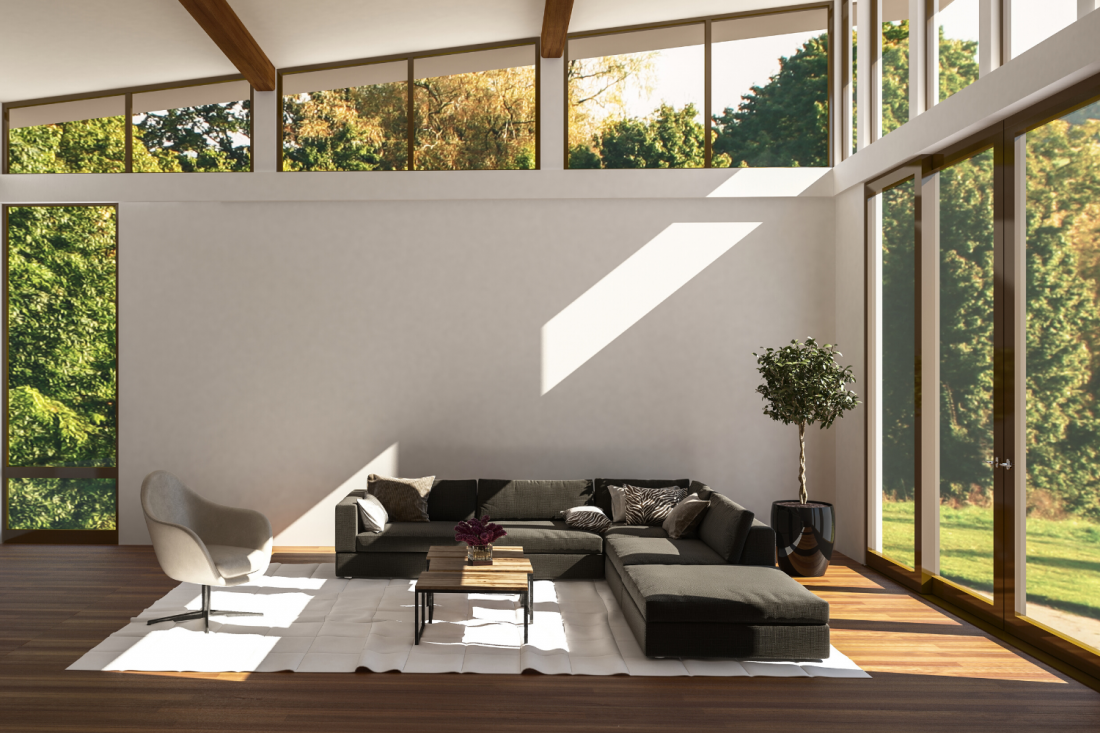Glass is a clever, versatile material. In recent years, it is becoming more and more popular to have as a design feature in the home, from structural balustrades to flooring and stair treads, glass offers a sleek, contemporary feel to any home.
If you’re considering updating your home with furniture or structures, you have two options – toughened or laminated – also known as safety glass.
They are often mistaken for one another, yet there are some important distinctions between the two. They are both superior to standard glass and each has beneficial properties that work for different uses. In this blog, we explore the main differences, benefits and applications of each type.
Toughened
Toughened glass is also known as tempered glass due to how it is manufactured. Toughened is very strong thanks to its tempering process by which it is subjected to intense heating and rapid cooling during its manufacture. This process creates an extremely tough outer layer that can withstand heavy-duty impacts.
Toughened is around 5 times stronger than laminated. It, therefore, needs to be hit a lot harder for the glass to break. When toughened is hit with enough force, it will break up into lots of small, blunt pieces rather than long sharp shards. This means that it is less likely to cause injury around the home compared to standard glass.
Toughened glass is also extremely resistant to high temperatures, it can typically cope with temperature changes up to 250°C.
Laminated
Laminated glass is manufactured to have a thin layer of plastic between two sheets of glass, bonding the two planes together – almost like glue, so that even when it breaks, the fragments stay together rather than shatter. This also means that the glass will not leave a hole for intruders to get through, making it ideal for security purposes. It also features noise reduction properties and can block out a great deal of UV radiation.
With this in mind, you may ask, which is best for the different applications around the home?
Toughened is best for applications where durable and heat-resistance glass is needed, such as worktops, glass flooring, shower screens and balustrades. It offers strong impact resistance and is less likely to cause injury inside the home in the event of an accident. Whereas laminated is best for doors and windows – or wherever enhancing security is vital as it will be very difficult for thieves or intruders to enter the home. It is also great for sound reduction meaning it will help reduce external noise from traffic, neighbours, pedestrians or construction work.
While both types of glass are superior to standard glass, they both serve different purposes because of their smart, unique characteristics. If you’d like any additional information or support when choosing for your home, please contact our friendly experts.



